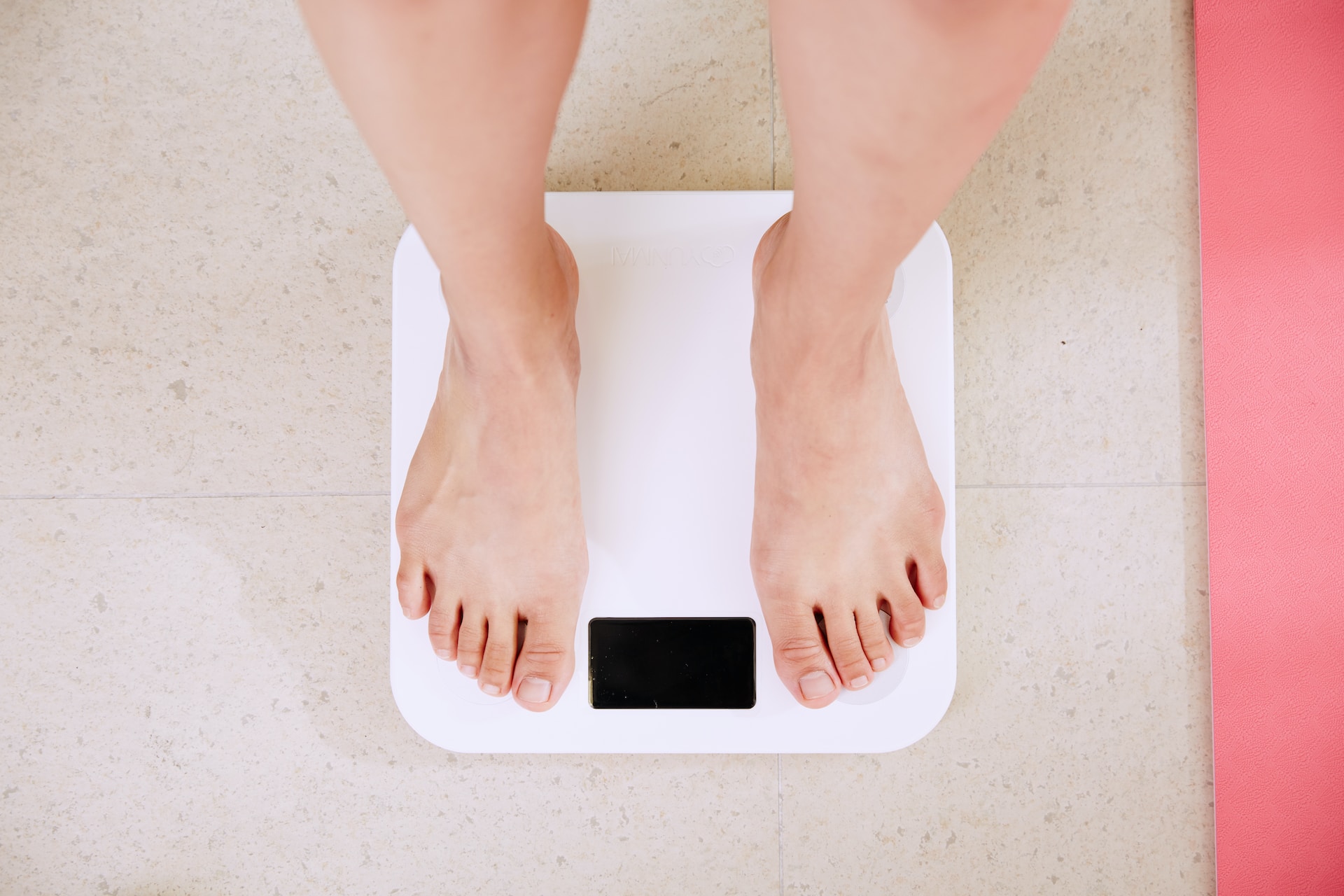Proven Strategy to Stretching for Better Balance
Stretching is often seen as just a warm-up or cool-down activity, but it plays a much bigger role when it comes to improving balance. Better balance helps prevent falls, boosts confidence in movement, and keeps you steady whether you’re walking, climbing stairs, or simply standing still. Here’s a straightforward approach to stretching that can enhance your balance effectively.
Start with gentle stretches that target the muscles around your hips, legs, and lower back. These areas are crucial because they support your body’s center of gravity. Tight muscles here can make you feel stiff and unstable. For example, try standing hamstring stretches by placing one foot slightly forward with the heel on the ground and gently bending at the hips until you feel a stretch behind your thigh. Hold for about 20-30 seconds on each leg.
Next up are calf stretches—stand facing a wall with one foot forward and one back; keep both heels flat on the floor while leaning into the wall to stretch your calves. Flexible calves help maintain ankle mobility which is key for quick adjustments when balancing.
Incorporate dynamic stretches too—these involve movement rather than holding still—which prepare your muscles for action while improving coordination. Leg swings are great: hold onto something sturdy for support and swing one leg forward and backward smoothly 10-15 times per side.
Once flexibility improves through these stretches, add simple balance exercises like standing on one leg or walking heel-to-toe in a straight line to challenge stability further while engaging core muscles.
Consistency matters most: aim to stretch daily or at least three times per week focusing on slow controlled movements without bouncing or forcing any position too far beyond comfort.
By regularly loosening tight muscles around key joints through targeted stretching combined with basic balance drills, you’ll build stronger control over body movements leading to better overall stability in everyday life—even as you age.





